The Forbidden City Is A Breathtaking Palace Complex Used By The Emperors Of China
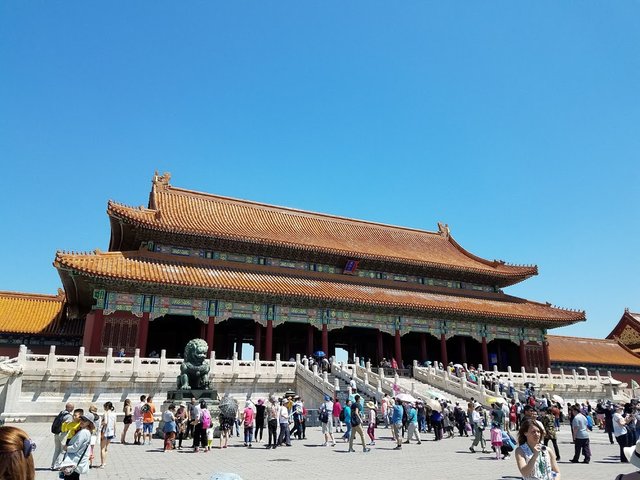
Last year, Michelle and I traveled through China. While we were in central Beijing, we walked through the Forbidden City, one of China's greatest heritage sites.
The Forbidden City, also called Zijin Cheng (紫禁城) served as the Chinese imperial palace from 1420 to 1912. The site is a big time tourist attraction. Over 16 million people visited in 2017. The Forbidden City aso houses the Palace Museum which handles over 1.5 million Chinese artifacts.
I recently uploaded a video on DTUBE of our Forbidden City experience. Check it out here: Walking Through The Forbidden City In Beijing, China
In it's prime, the Forbidden City was only to be accessed by the emperor, state officials, the immediate family, and the emperor's concubines. The only other people allowed were the thousands of male servants. The catch is, they were eunuchs (castrated). The emperor didn't want any competition with the ladies.
Symbolism is everywhere in the palace. Some halls are arranged in groups of 3, representing heaven. Other halls are grouped into 6, representing earth. Yellow is the color of the emperor, hence tons of yellow all around the complex. Interestingly, there are lines of statues on the roofs which represent the status of the building. The more statues, the more important the building. The Hall of Supreme Harmony has 10 statues. And is the only building with 10 (the highest number).
The Forbidden City was also home to Empress Dowager Cixi also known as the Dragon Lady, who effectively ruled the Chinese government for 47 years in the late Qing dynasty. She was initially brought to the palace as a concubine. She soon became pregnant with the emperor's son and when the emperor passed, her son became the heir. This effectively gave her control of the Chinese government. Our tour guide who lead us through the complex idolized Empress Dowager Cixi and loved to tell her story.
The Forbidden City is a breathtaking and beautiful palace complex that uses traditional Chinese palatial architecture popular in East Asia. In all, the Forbidden City contains 980 buildings which contain 8,886 rooms. There is a myth that there are 9,999 rooms on the premises. The complex spans a total of 180 acres and boasts 26 ft tall city walls made with rammed earth surrounded by a 171 ft wide moat.
But the Forbidden City was almost destroyed.
When Mao Zedong and the communists took control of Beijing. They planned to tear down the palace complex. Luckily that never happened and the Forbidden City remains.
The site was declared a World Heritage Site in 1987 and is now the largest collection of preserved ancient wooden structures in the world.
A Map Of The Palace Complex:
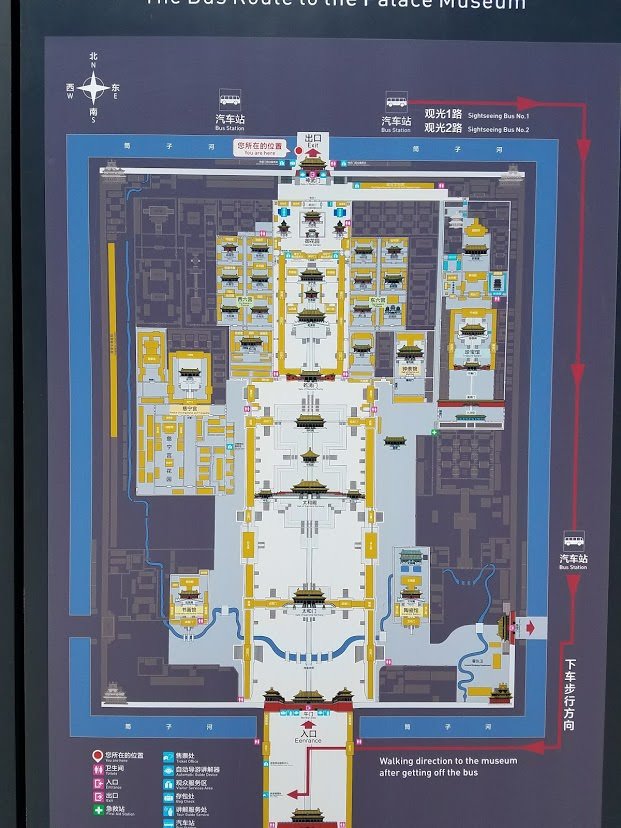
Origin Of The Forbidden City
While many emperors lived in the palace, it was emperor Zhu Di who had the vision to build it.
"The palace complex was ordered built by Zhu Di (the Yongle Emperor) who lived A.D. 1360-1424. He was crowned emperor in 1402 after forcefully overthrowing his nephew. After his ascension, he decided to move the imperial capital from Nanjing to his power base in what was then called Beiping, renaming the city Beijing “the northern capital.”
Moving the capital and building a new palace complex was an immense operation that meant expanding China’s canal system and mobilizing about 1 million workers to cut down trees, quarry rocks, make bricks and transport supplies, among the many other necessary activities.
Vast numbers of huge stones were mined and transported there for the city's construction in the 15th and 16th centuries. The heaviest of these giant boulders, aptly named the Large Stone Carving, now weighs more than 220 tons (200 metric tons) but once weighed more than 330 tons (300 metric tons).
Jiang Li, an engineer at the University of Science and Technology Beijing, recently translated a 500-year-old document, which revealed that an especially large stone — measuring 31 feet (9.5 meters) long and weighing about 135 tons (123 metric tons) — was slid over ice to the Forbidden City on a sledge hauled by a team of men over 28 days in the winter of 1557. This finding supported previously discovered clues suggesting that sleds helped to build the imperial palace."
Source: livescience.com
The Meridian Gate (Entrance)
Located at the south of the complex, the Meridian Gate served as the formal entrance way into the Forbidden City.
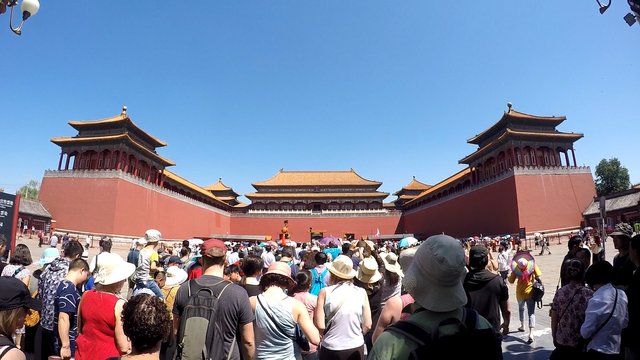
@curiouser
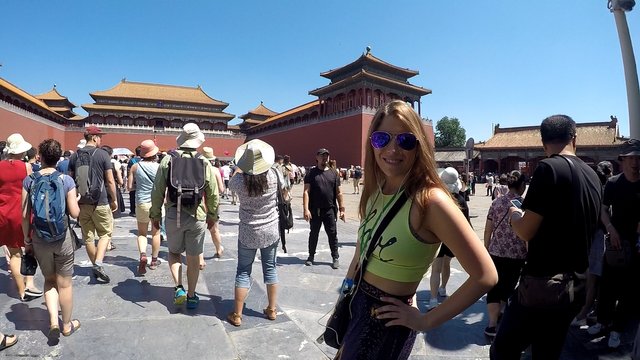
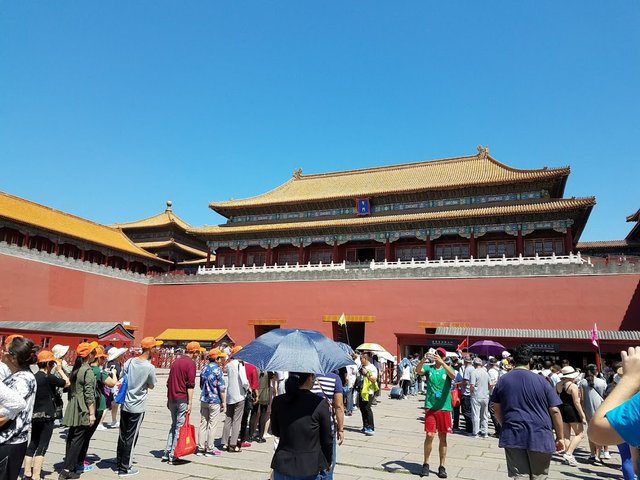
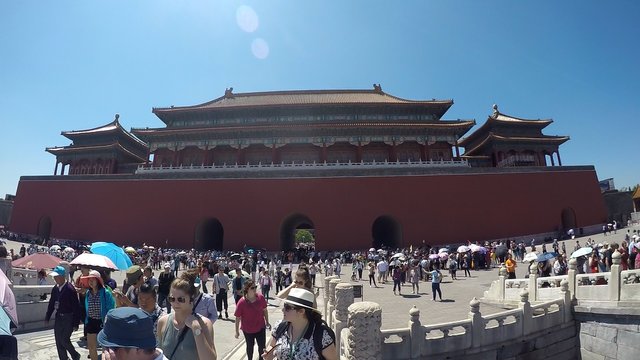
The Inner Golden River & Bridges
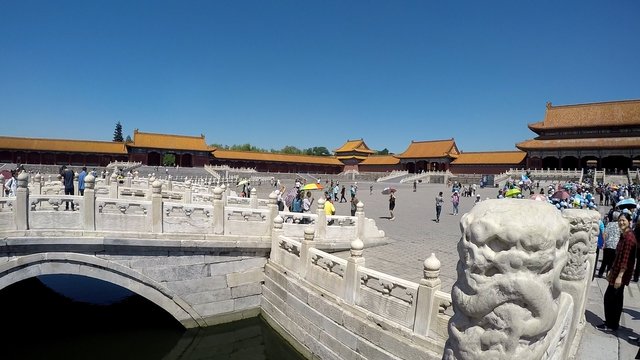
The Gate of Supreme Harmony

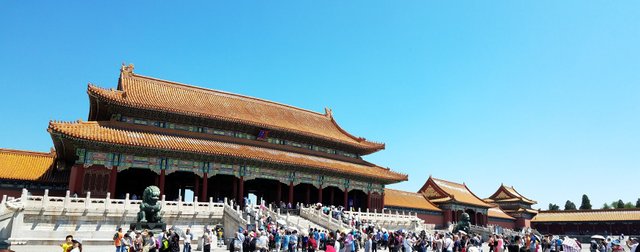
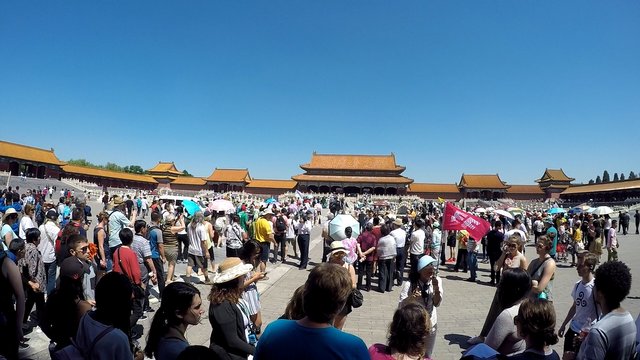
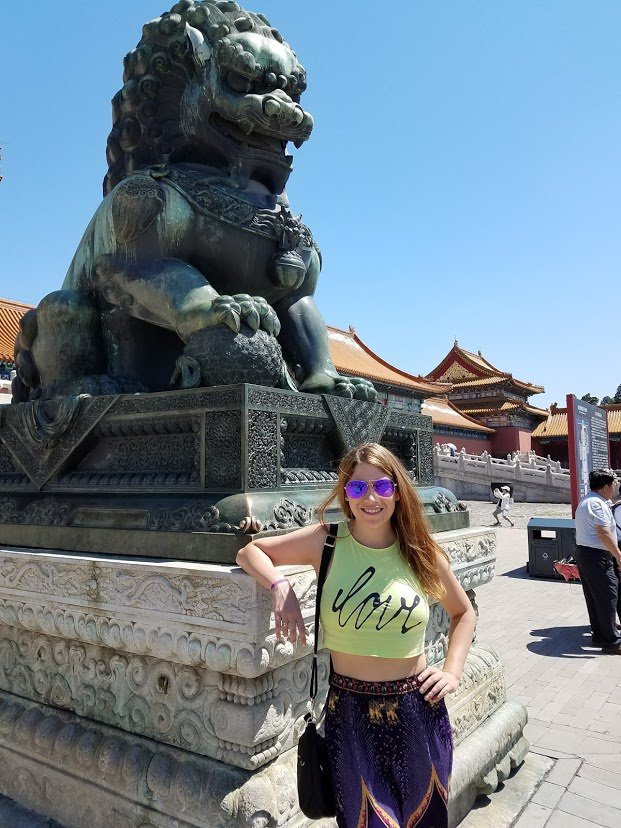
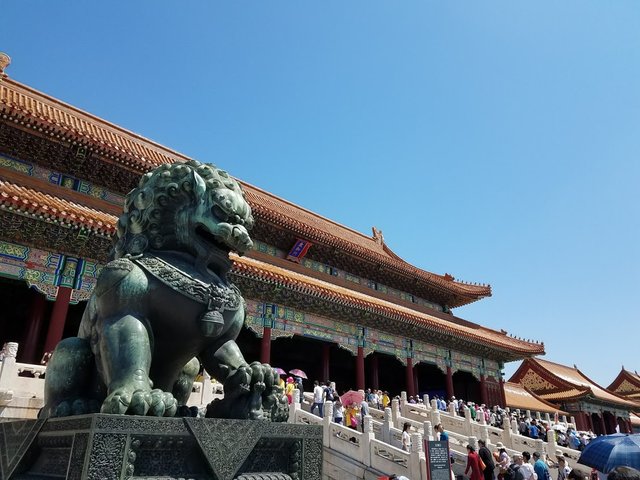
The Hall of Supreme Harmony
This is the largest hall within the complex. It sits upon 3 levels of marble stone and is where the emperor carried out official business. (Remember 3 symbolizes heaven). The Hall of Supreme Harmony is actually the largest surviving wooden structure in China.
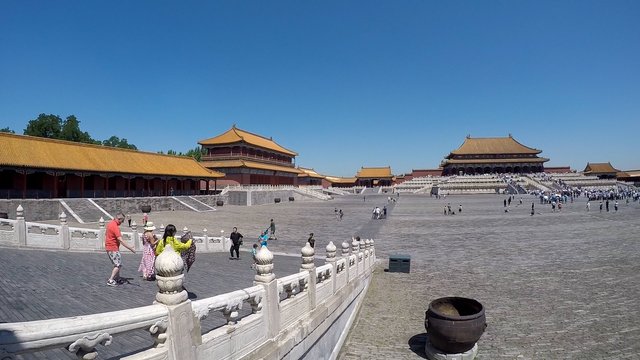
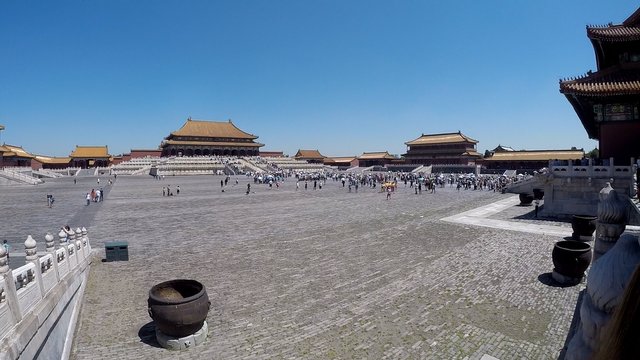
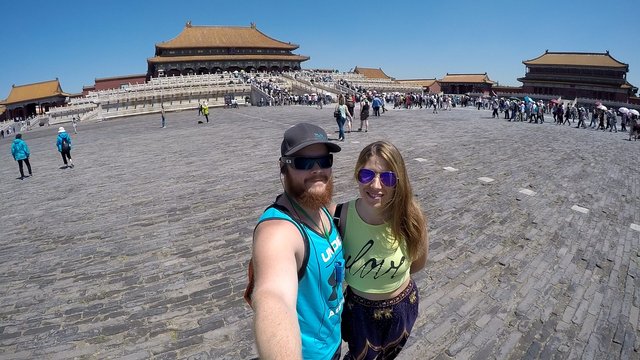
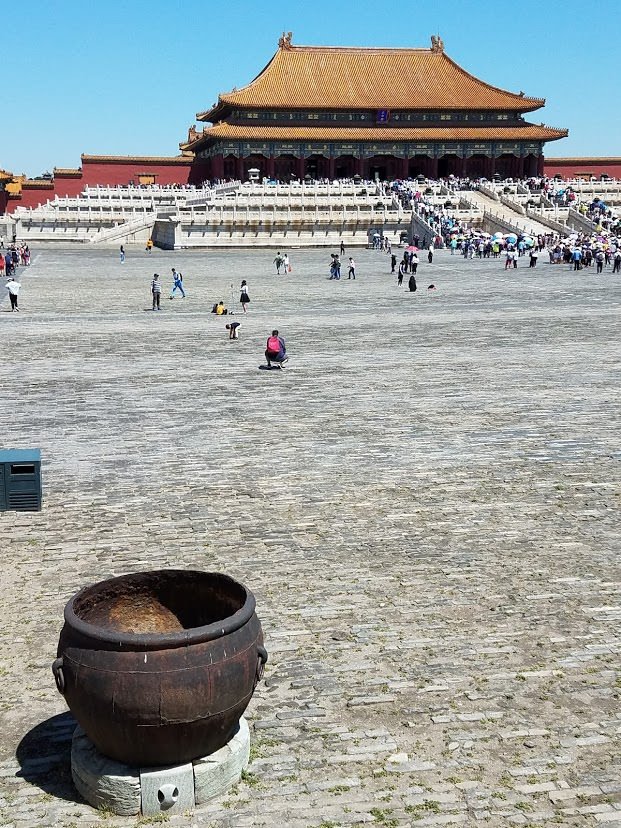
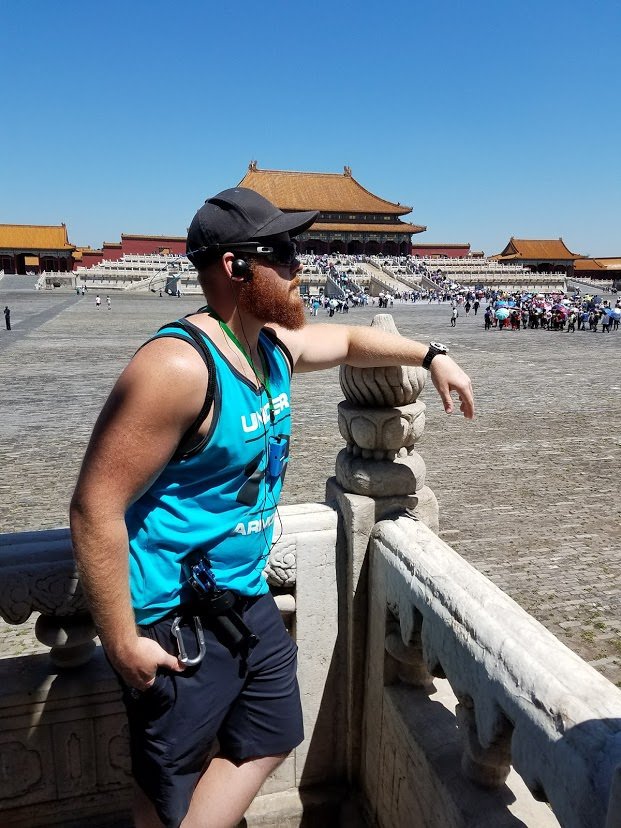
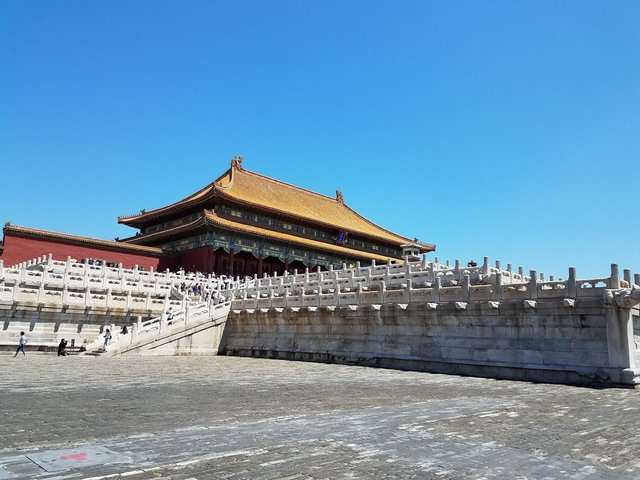

The emperors throne inside the Hall of Supreme Harmony:
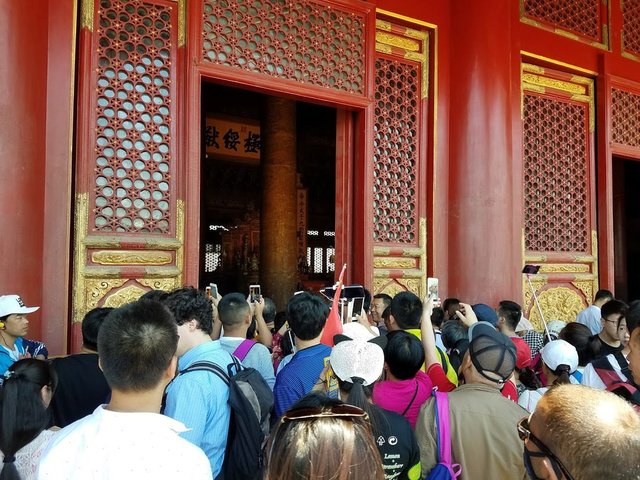
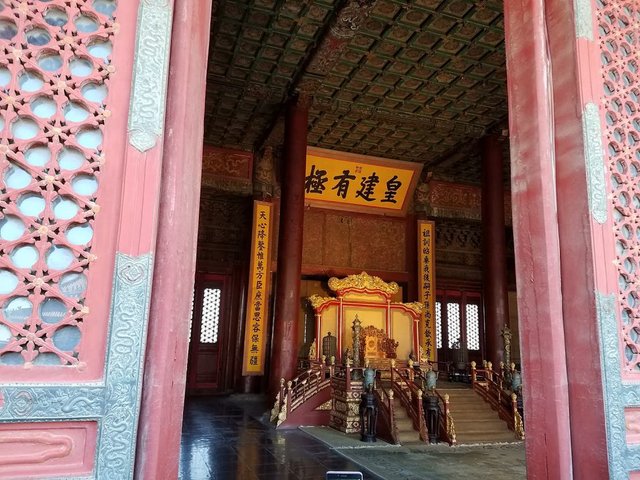
The Imperial garden
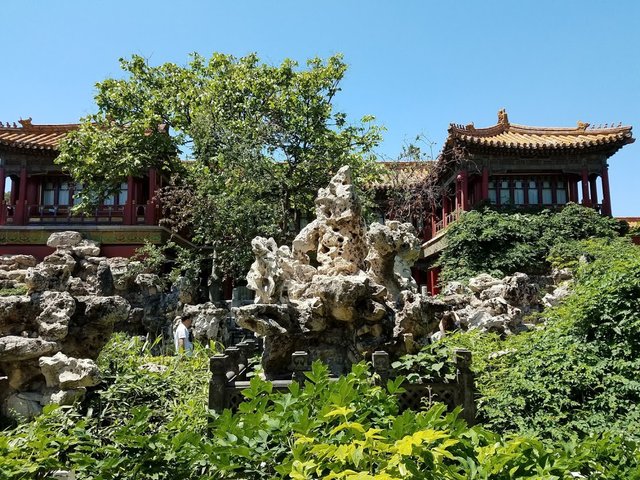
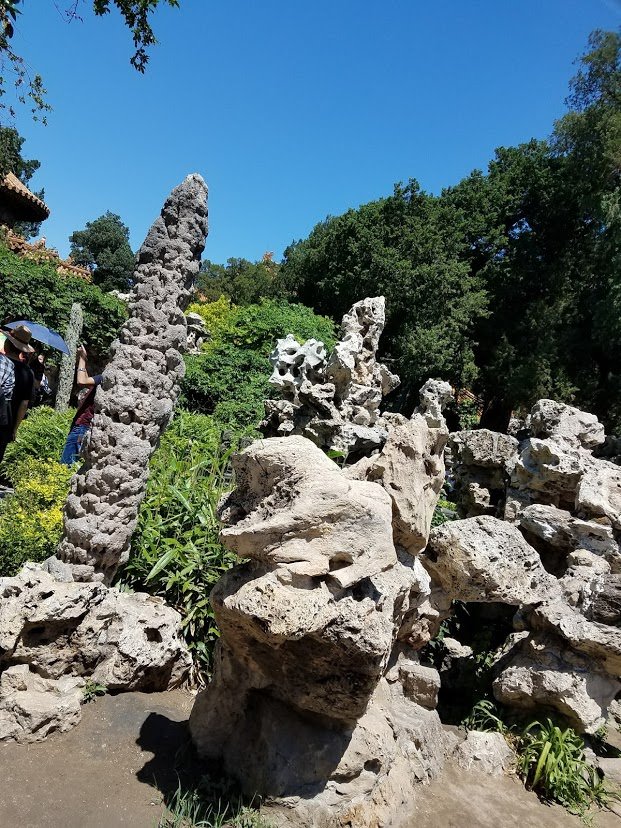
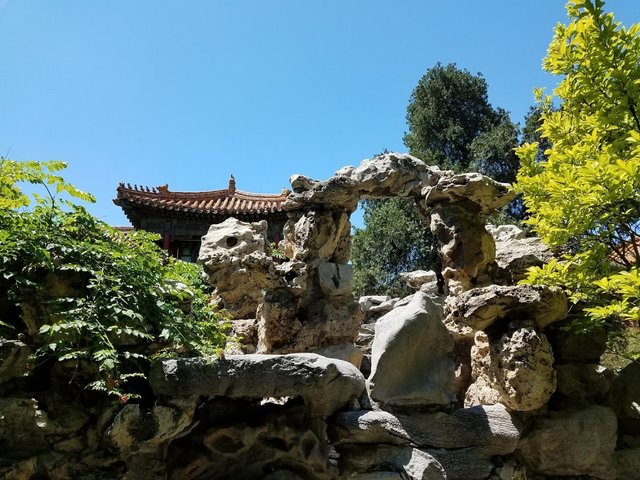
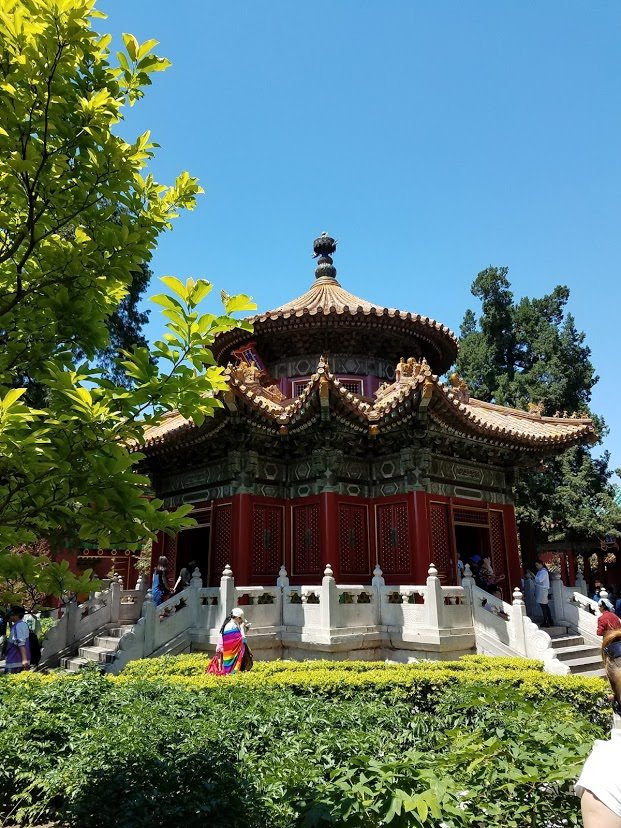
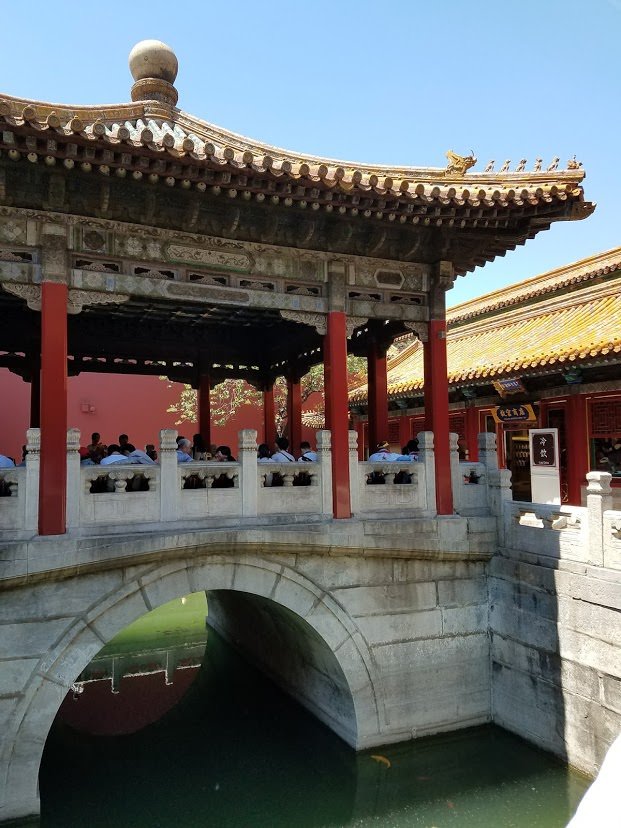
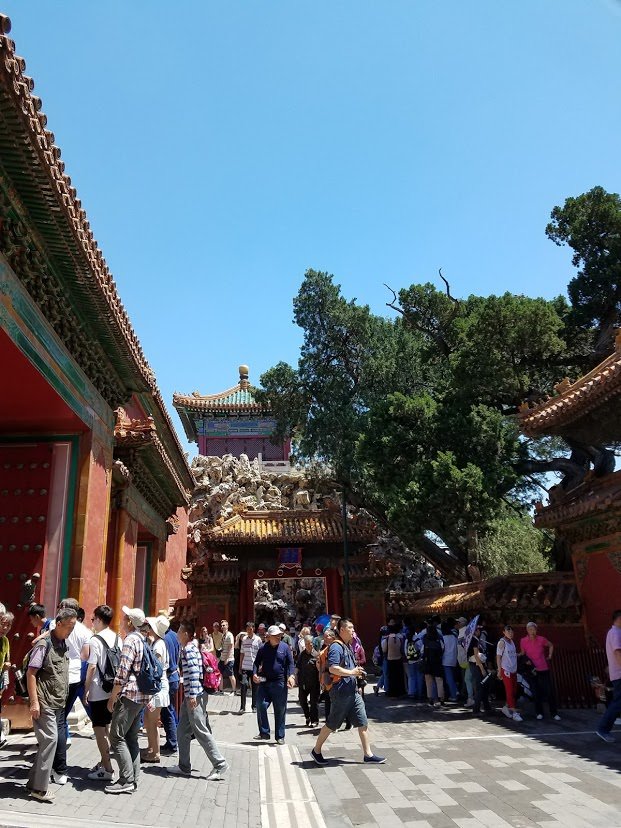
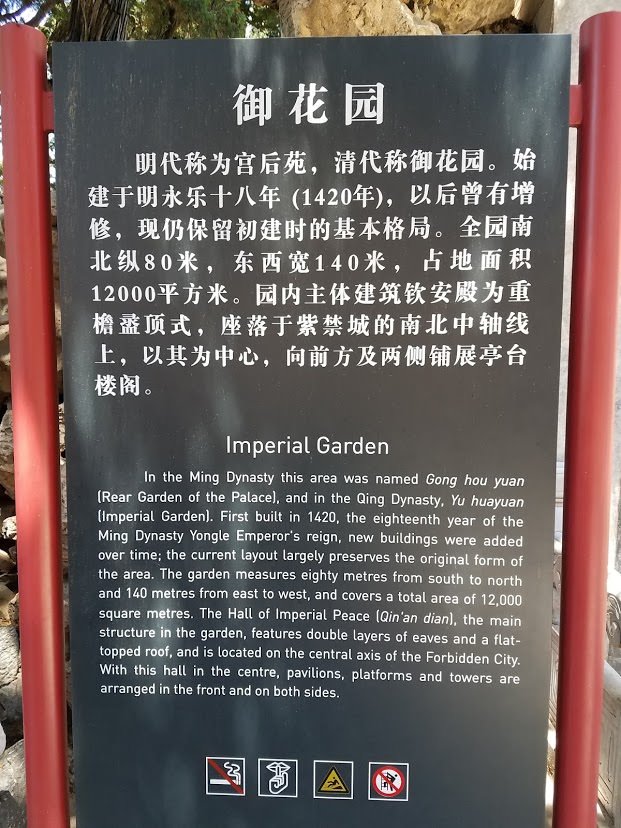
Other Pictures From Around The Palace Complex:
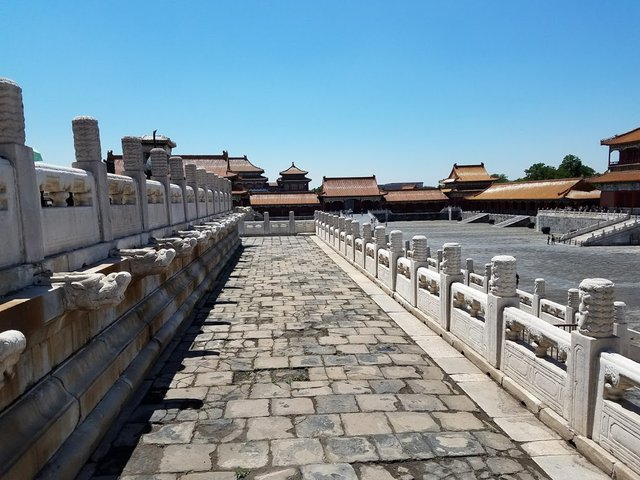
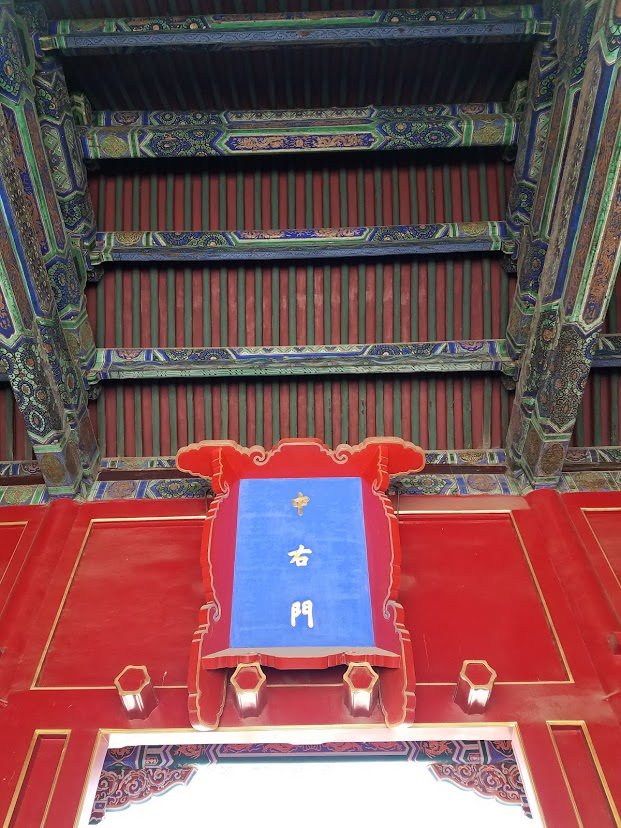
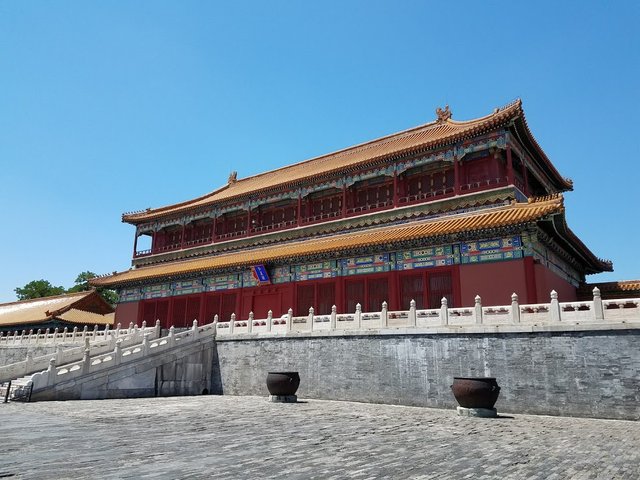
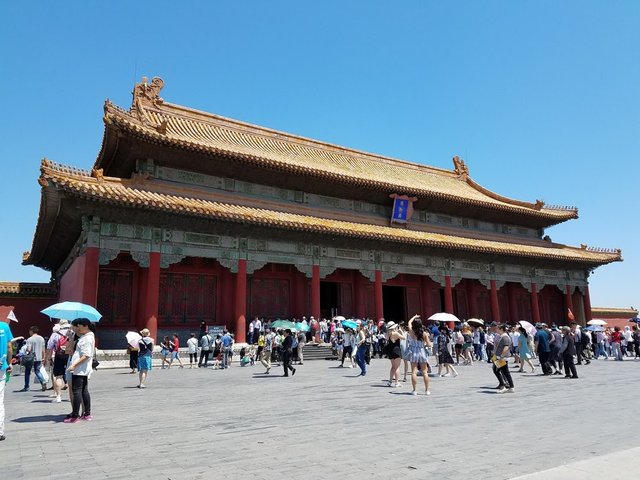
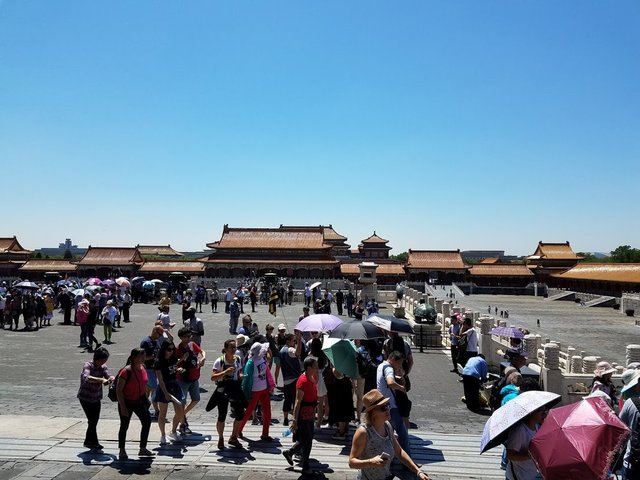
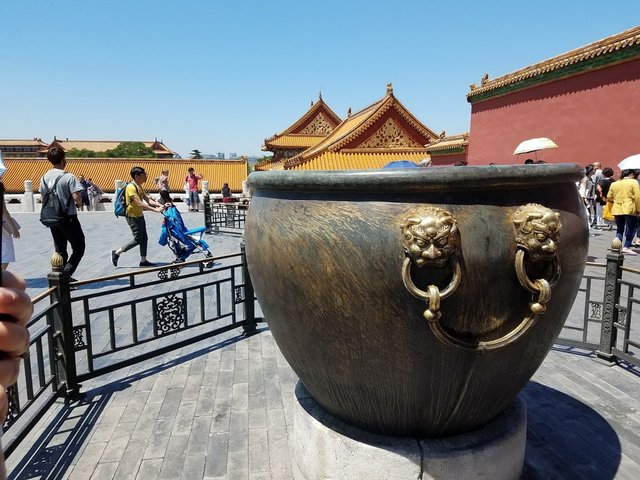
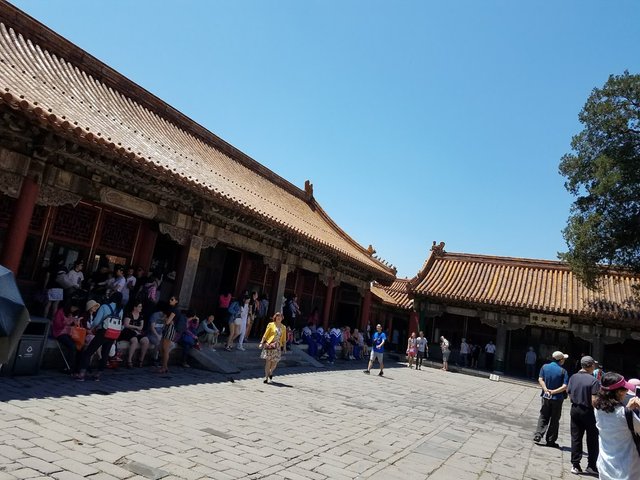
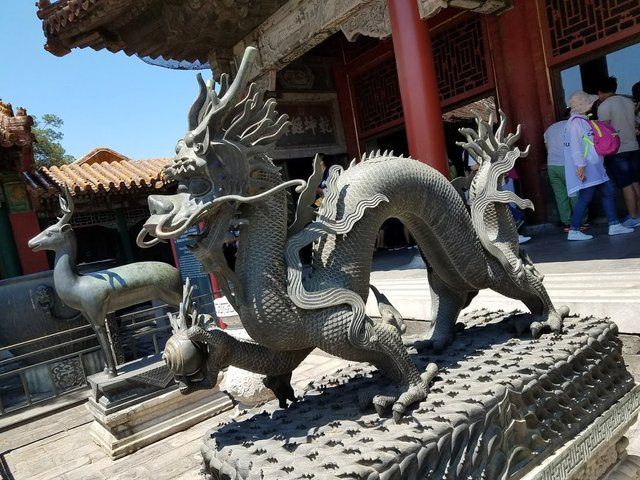
And Finally The Moat!
No palace complex is complete without a proper moat.
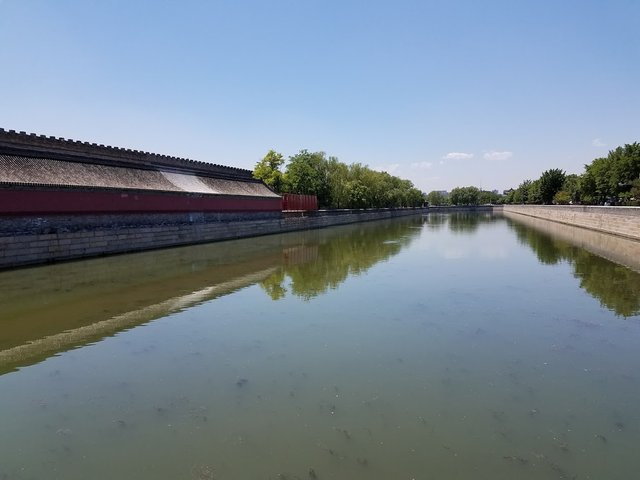

Michelle and I took a month to travel across Japan and China last May (2017). It was epic! Follow me, @slickwilly and Michelle, @curiouser for posts about our travel adventures!

Hi there, I’m Will. First and foremost I am an entrepreneur and voluntaryist. I aspire to help build a more free world, one that we all want to live in. Some of my biggest passions include cryptocurrencies, marketing, finance, cannabis, traveling, bodybuilding, snowboarding, motorcycles, and Subarus. All pictures are my own unless otherwise stated. I release everything under CC0.
My website: williamjohnsonlong.com
My DTube: d.tube/#!/c/slickwilly
Affiliated Steemit Accounts: @bitcoinshirtz & @trueliberty
My Previous Post 👉 Cannabis Vape Review | PROHIBITED IN THE 5TH DEGREE
Wow that's awesome, I'd love to visit one day. The craftsmanship and details in all the architecture must be stunning up close and in person. Thanks for bringing us on a little tour!
You're welcome! And you definitely should! 👍
The Moat is awesome... I wonder why the Whitehouse doesn't have one.. :-)
I know right? If only moats could protect us like they used to.
Maybe it doesn't need one, we do :-D
That's right! China is known for its heritage and cultural places. They have well maintained it too. My brother is living in Beijing, he often tell and shows us pictures of different places he visits. I am sure you really enjoyed your tour!!
its awesome to see love to see your travel blogs : )
The moat looks so amazing and a great piece of art! Its designer should be appreciated for this outstanding work. Along with Beijing the whole country has many beautiful places to visit and I can say you won't get bored while you are at visit to this country.
beijing is one of the most beautiful places in the world and as we know that china is famous for it's culture,and that's why i wanted to go to china but i can't go now.
but beacause of you i got to see such a beautiful place, thank you so much sir!
Right back at you..... hope you didn't miss the alleys!!!!!
i like travel too
Fantastic photography
Amazing photography.thanks for the this blog...have a nice day